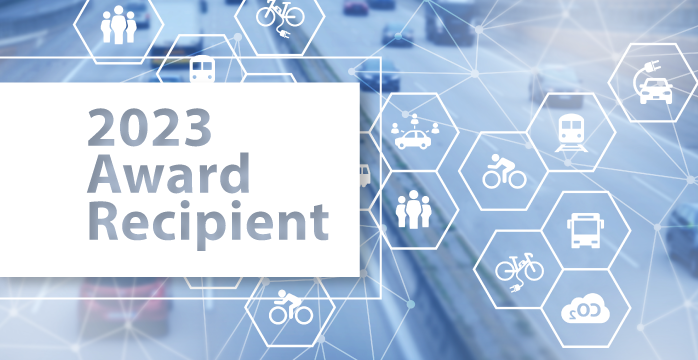A range of financing mechanisms for market players of varying risk appetites bolsters their growth opportunities, finds Frost & Sullivan’s Visionary Innovation team
SANTA CLARA, Cal. – July 25, 2017 – The capital-intensive task of transforming cities into seamless ecosystems is prompting governments to explore revenue sources beyond internal bodies and join hands with financial intermediaries and private investors. With the rising connectedness of things and people, the global smart city market could expand to $1.5 trillion by 2020 and prove to be one of the biggest investment avenues for private investors and institutions. The public sector will also look to new mechanisms to distribute their funds into various smart city projects and, ultimately, earn revenue through those projects.
“Stakeholders will be able to choose from a multitude of financing mechanisms, and each financial mechanism has a unique selling point in terms of infrastructure funding,” said Frost & Sullivan Visionary Innovation Research Analyst Yash Mukherjee. “Project initiators will need to analyze the best-fit mechanism based on risk appetite, size of investment, duration of financing and tax implications. They will also benefit greatly from collaborating with financial intermediaries, as they securitise the cost of capital and distribute risks among investors.”
Smart Cities Funding Models is part of Frost & Sullivan’s Visionary Innovation (Mega Trends) Growth Partnership Subscription. The study analyzes and profiles each financing mechanism to understand the key aspects of smart city projects. This will give stakeholders a holistic view of the infrastructure and financing involved in developing smart cities.
To access more information on this analysis, please click here.
The creation of smart cities will have wide implications for all industries offering public and private services. For instance, smart cities will disrupt public utilities segments such as energy, transportation, waste management and water distribution. Private participants in industries such as ICT will fuel this disruption by integrating their services and providing hardware to change the way citizens live.
“In developing countries, stakeholders in smart city development often resort to direct financing through government allocation or international grants. However, international grants and financing are dependent on political and economic stability,” noted Mukherjee. “To attract foreign funding, which often is complemented by transfer of technology and expertise, local governments must focus on their ease-of-doing-business indicators.”
Meanwhile, participants in developed economies rely more on revenue-based financing models to build infrastructure. Stakeholders from both types of economies have found great value in adopting the public and private partnership model, even though the terms of agreement may vary according to the region.
About Frost & Sullivan
Frost & Sullivan, the Growth Partnership Company, works in collaboration with clients to leverage visionary innovation that addresses the global challenges and related growth opportunities that will make or break today’s market participants. For more than 50 years, we have been developing growth strategies for the global 1000, emerging businesses, the public sector and the investment community. Contact us: Start the discussion
Smart Cities Funding Models
K151-MT
Contact:
Francesca Valente
Corporate Communications – Americas
P: +54 11 4777 5300
F: +54 11 4777 5300




